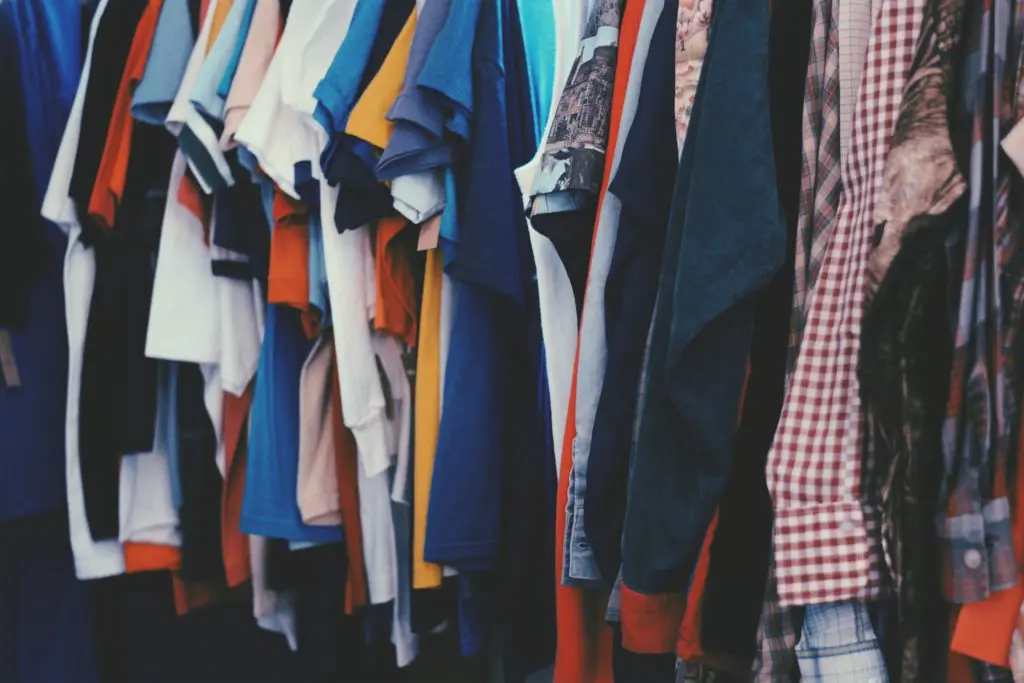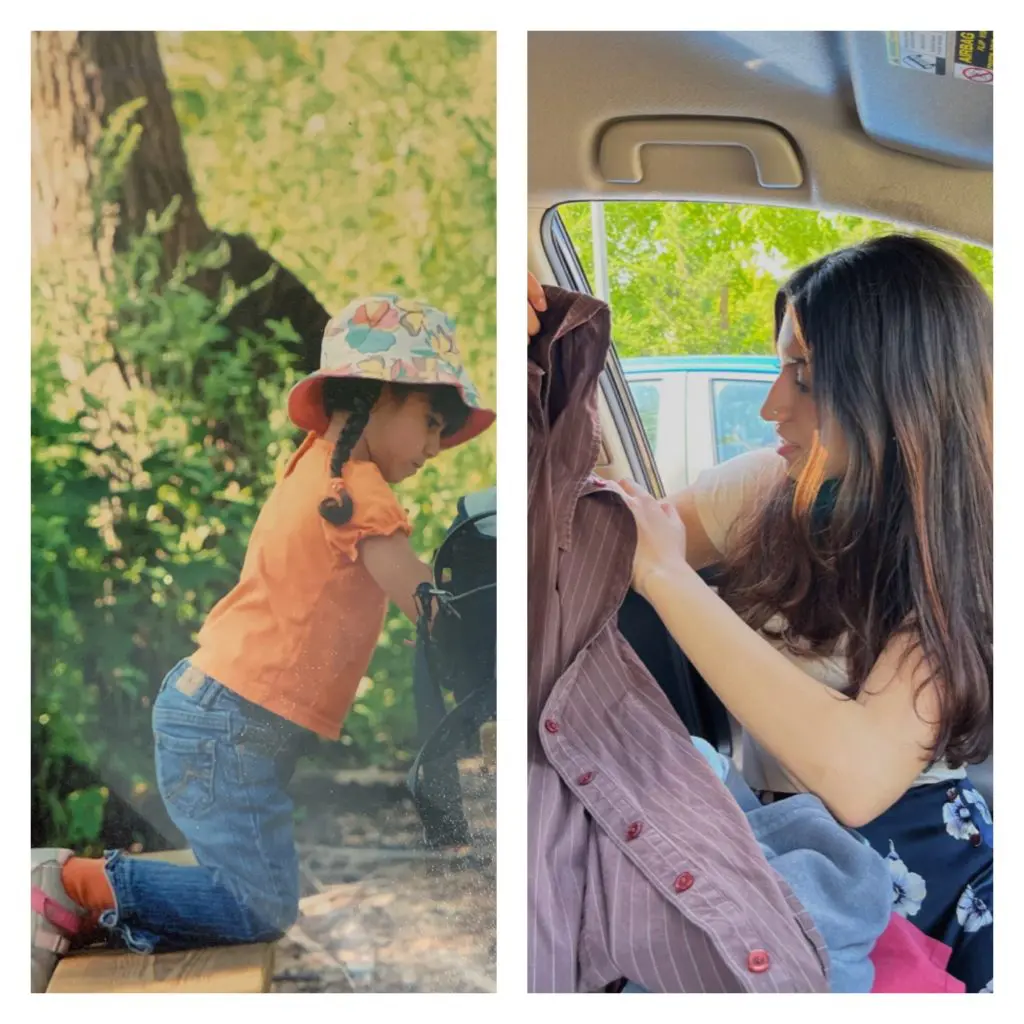
When my family immigrated to America, I was less than a year old. My physician parents had aspirations of finding success in the medical field but at the start of their careers, we were living off my father’s Ph.D. stipend. Despite being doctors in training, between my parents paying for daycare and rent, there wasn’t much money left over. Naturally, as a growing kid unable to rely on siblings for hand-me-downs, we would go to second-hand shops like Goodwill to buy clothes. As I grew older and my parents found their place in medicine, our financial status improved and we stopped relying on Goodwill to clothe us.
Four years ago, I was admiring someone’s outfit and asked them where their shirt was from, to which they responded, “Goodwill”. Hearing the familiar name excited me. The following weekend, I told my mom I wanted to go to Goodwill to thrift clothes.
At the time she questioned my desire to go to a store they had worked so hard for us to not need to shop at. But since then, my family and I have found a resurgence of love for second-hand stores and we find ourselves scouting out places close to home as well as when we’re traveling! I use thrifting as a financially low-stress way to buy pieces that I later reconstruct or paint.

Recently, I’ve started to reflect on my consumption patterns and whether the actions I take with the intention of helping the environment are unintentionally harming others since it has been reported that the recent influx of enlivened second-hand shoppers has caused thrift store prices to rise. After all, second-hand stores were originally created to help the less fortunate.
“The impact of the increase in valuation on second-hand goods has real-world effects on low-income families who rely on thrift shopping to replace their old work shoes, furnish their homes, and clothe their children.” The same thing has been said about fast fashion. But at the end of the day, it’s not just the prices that are the issue. It’s the rate at which people are consuming.
The accessibility and ease of buying a piece of clothing made using cheap unethical labor have pushed the drive for consumerism. When the narrative shifts from ‘these runway looks are exquisite but the price tags are unattainable’ to ‘these mass-produced recreations of the runway pieces are inexpensive and I can afford it’ is when an issue occurs—fast fashion. This ‘I buy because I can afford it’ thought process is still applicable to second-hand stores, and while it’s better to buy old clothes rather than new ones, both contribute to over-consumption and excessive shopping because of the cheap price tag. The lesson? Don’t let a price tag be the reason you jump to buy clothing. Let the reason for buying be a piece of clothing that excites you and will be thoroughly used and loved. And if the piece you love has been ‘preloved’, even better.
If you’re someone who likes to refresh their wardrobe and enjoys re-creating new trends, then more power to you. Just make sure that thrifting a new piece goes hand in hand with donating clothes you don’t use, donating to shelters, selling clothes online, mending rips in your clothes, and hosting clothing swaps.
I believe that everyone has the ability to push for change, even if that change is simply thinking before you buy—no matter where you’re shopping!
Written by: Daaniyah Mirza
